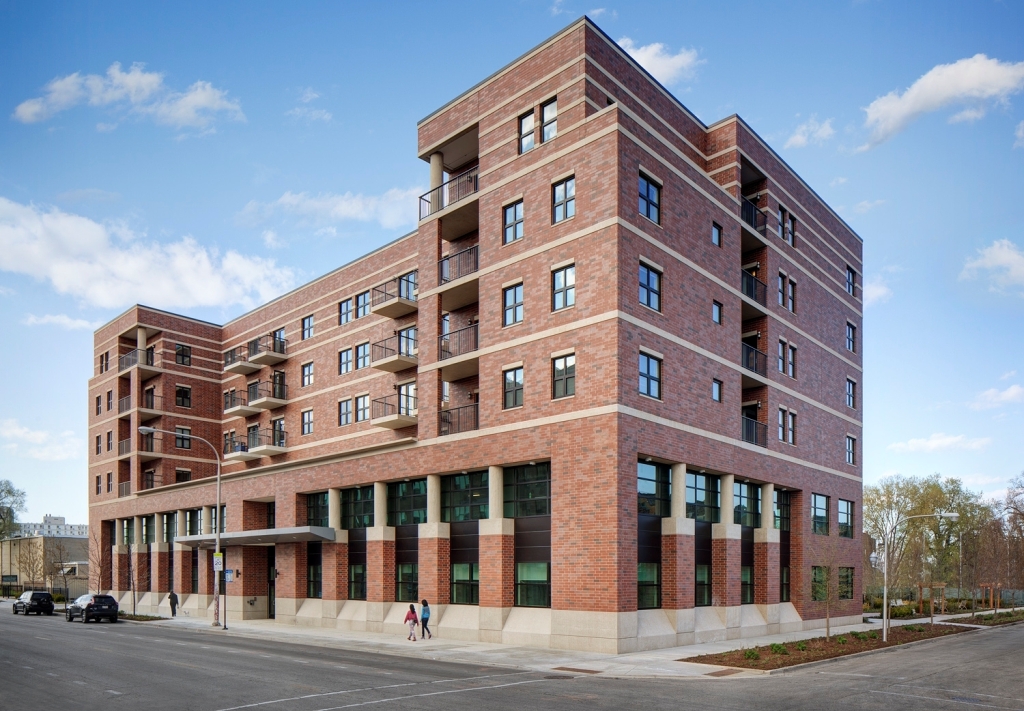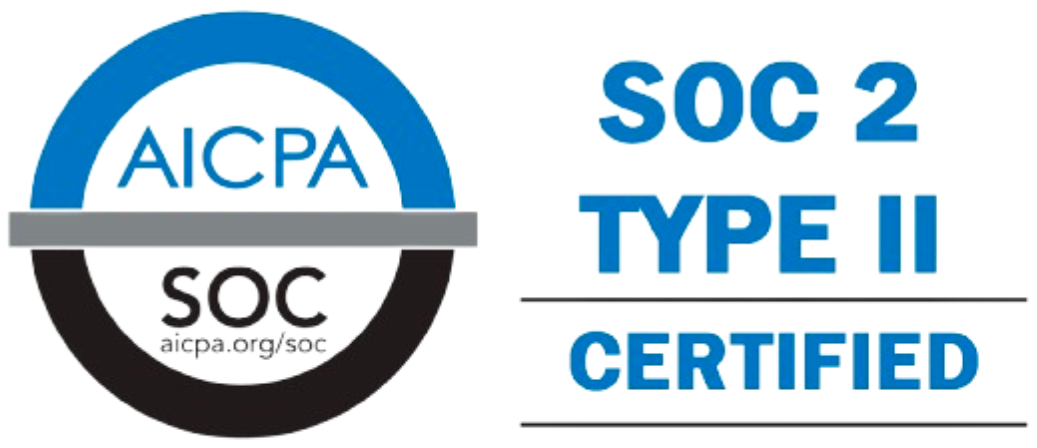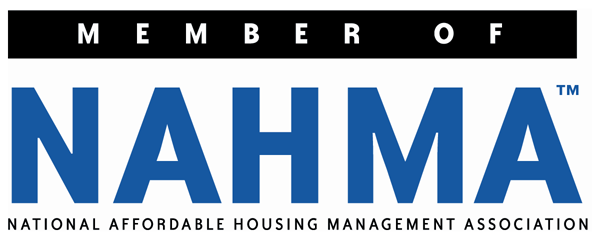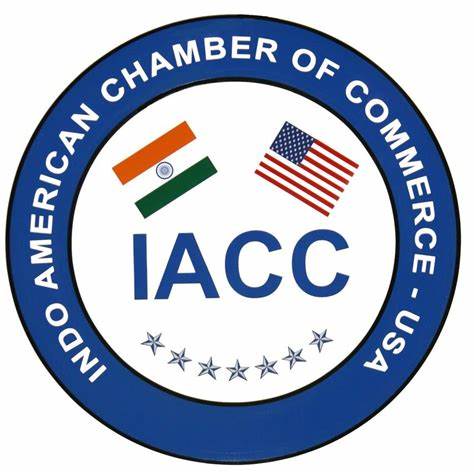
An Introduction to HUD Programs for Multifamily Housing
- May 18, 2018
- admin@ohi

The U.S. Department of Housing and Urban Development (HUD) is a government agency, established in 1965 to support the development of communities and ownership of a home. Through its housing programs, HUD provides affordable opportunities for home ownership, increases rental options that are safe and affordable, reduces the homelessness, and ensures equal housing opportunity to fight the discrimination in the housing industry.
Implementing HUD multifamily housing programs are difficult due to several issues such as racial segregation, health and safety, concentrated poverty, education, and public perception. Despite such issues, the government has successfully implemented HUD multifamily housing programs through HUD Section 8 and HUD Section 42.
The HUD Section 8 is one of the affordable HUD multifamily housing programs designed specifically for the multifamily housing. Also known as “housing choice voucher program”, this program helps the low-income families to own a house that is decent and safe with proper sanitation. The local administration of the program is taken care of the Public Housing Agencies (PHA) which pays a housing subsidy to the landlords. The participating family pays a difference between the rents charged by the owner and the subsidy.
A family whose income is less than or equal to the Annual Income Guidelines of HUD are only eligible for HUD Section 8 program. The family income depends on the size of the family and the individual income of all the members of the family.
The tenants living under this program will have to pay the highest of the below rent:
The landlords receive the remaining payment from PHA and housing authority that manages the voucher.
Commonly referred as “low-income housing tax credit” or “housing tax credit program”, the HUD Section 42 is an affordable HUD multifamily housing program, where the developers and builders can receive a federal tax credit on providing affordable renting options. Unlike section 8, section 42 is not subsidized by the government, and the rents are fixed.
The eligibility is determined based on the applicant’s income, size of the family, and financial assets. The income variations depend on the applicant’s city.
The HUD Section 42 offers three major benefits to the applicants: safe and accessible locations, high-maintenance, and low-utility cost.
The locations where the section 42 properties are located are close to work and offer more safety. Moreover, to retain the tax credit, the owners have to constantly keep the buildings updated for all surprise inspections. Finally, if I stay in a property under section 42, I need not pay additional utility cost for water, trash, recycling, and much more as all these are included in the rent.
When it comes to looking for affordable apartments under government housing programs, there are lots to know about. However, knowing these sections will help alleviate your doubts and confusions. Based on your income and other capabilities, you can select a property either under HUD section 8 or HUD section 42.
Know More About our expertise in accounting for HUD Properties: Call us at 1-646-367-8976, Email at sales@outsourcinghubindia.com – CONTACT US
Contact us for a customized NO OBLIGATION proposal for outsourcing your accounting activities.







